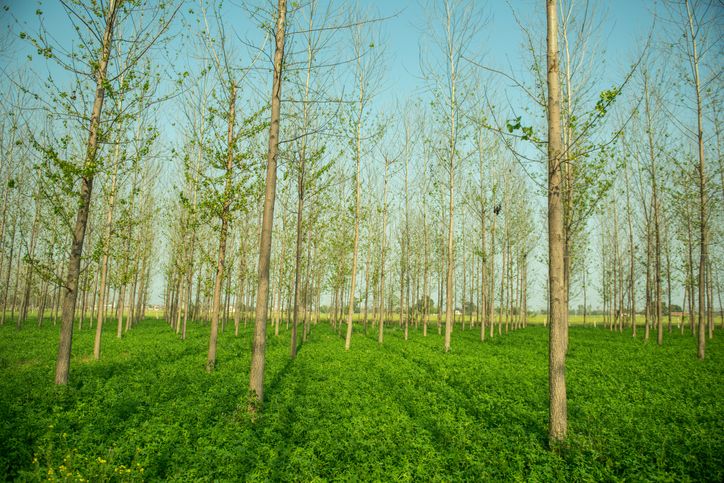Agroforestry, in simple language, refers to the production of timber, non-timber crops, or animals on a single unit of land. It is the integration of trees, crops, and/or livestock in conservative, long-term, productive systems.
Agroforestry systems make maximum use of land. Every part of the land is suitable for the growth of useful plants during agroforestry. Well-designed agroforestry can help address many of the challenges that smallholder farmers are facing. It limits the risks and increases the sustainability of both small- and large-scale agriculture.
In a system with trees and pastures, with foraging animals, the trees provide shade and forage provides manure.
CHARACTERISTICS OF AGROFORESTRY
- Interaction between woody and non-woody components.
- Multiple products were obtained.
- Ecologically and economically complex system than a mono-cropping.
- Produces more environmental service than other systems with fewer inputs and lower costs.
- Scientifically sound, ecologically desirable, practically feasible, and socially acceptable to the farmers.
BENEFITS OF AGROFORESTRY
- Agroforestry systems are multifunctional systems that can provide a wide range of economic, socio-cultural, and environmental values.
- It is particularly more important for smallholder farmers because it generates diverse products and services on a limited land area.
- Integration of trees on farms has also been shown to improve land productivity and resilience of households through the provision of diversified products for sustaining livelihoods.
DISADVANTAGES OF AGROFORESTRY
- Farmers have to face price fluctuations, a refusal of their products, and an inability to find promptly a new buyer.
- There are very limited market opportunities.
OBJECTIVES OF AGROFORESTRY
- To reduce pressure on natural forests for obtaining timber as well as non-timber forest produce.
- To check soil erosion and maintain the soil’s natural fertility.
- To maintain ecological balance along with proper utilization of farm resources.

